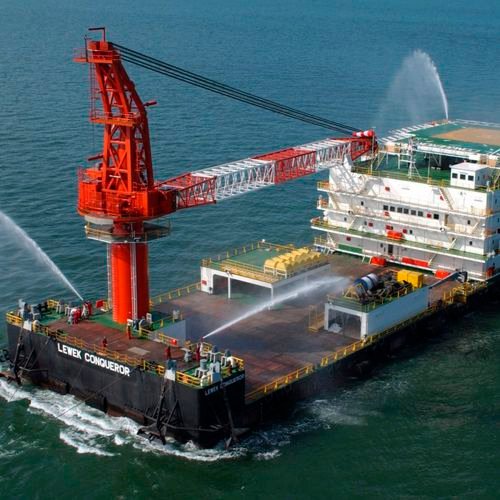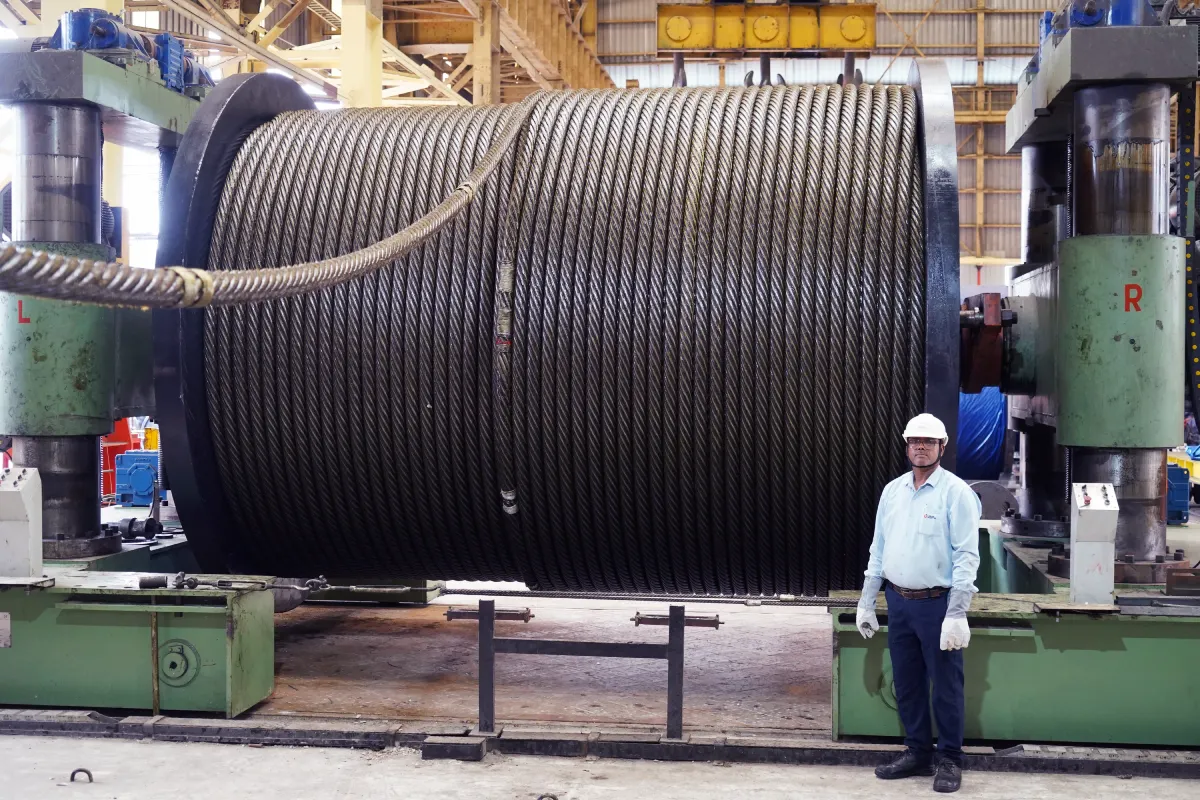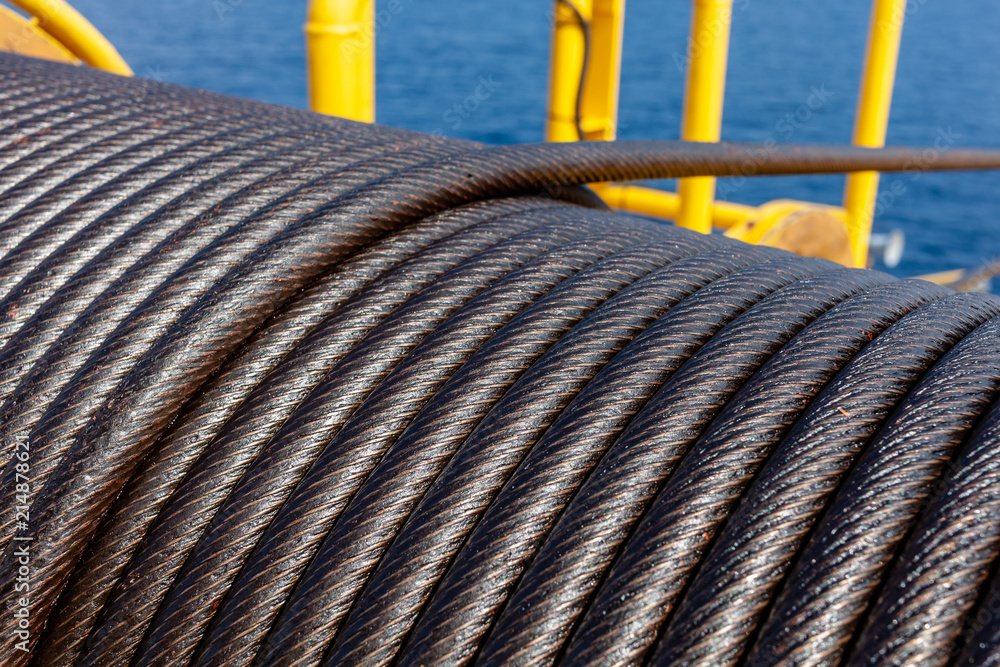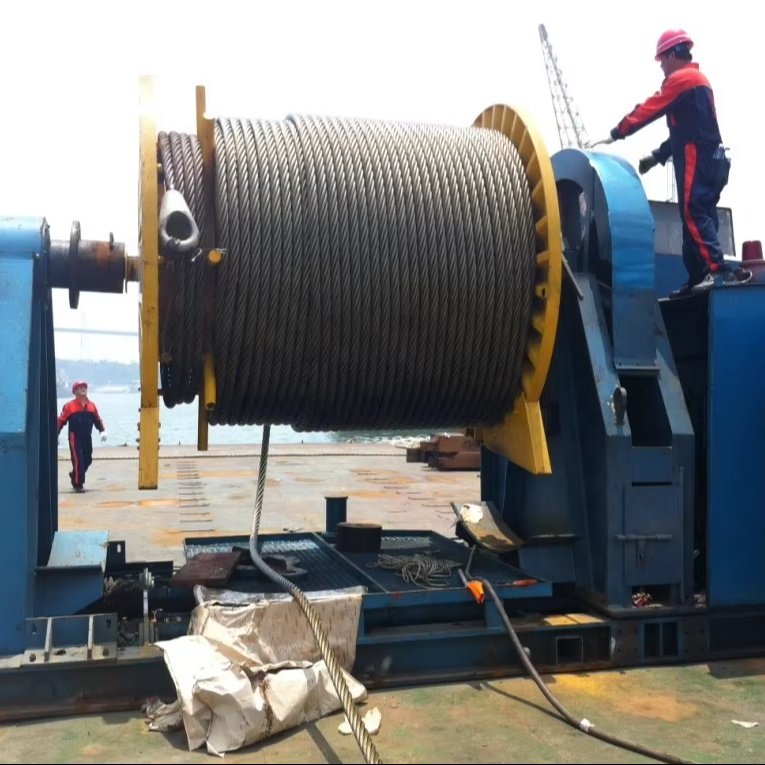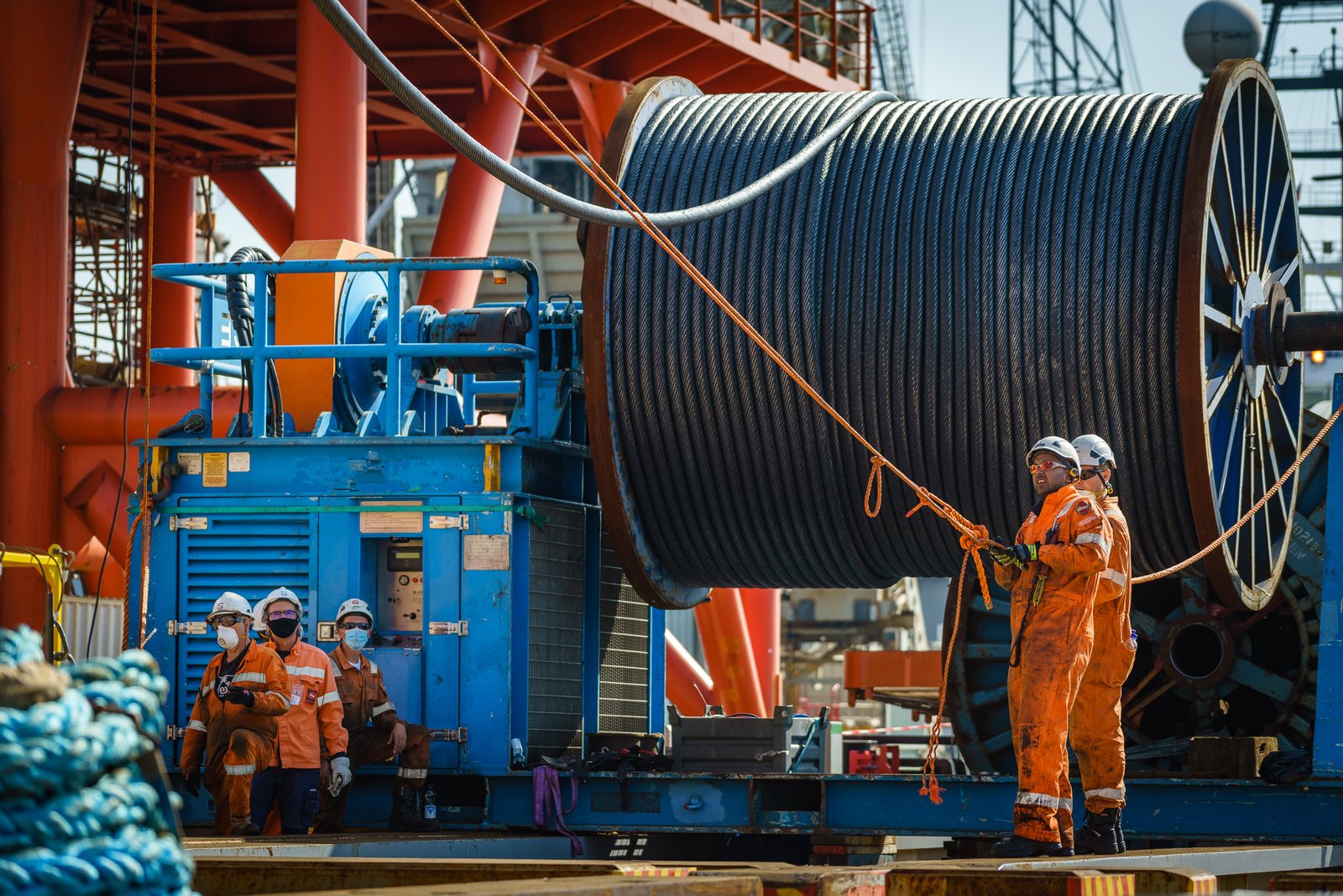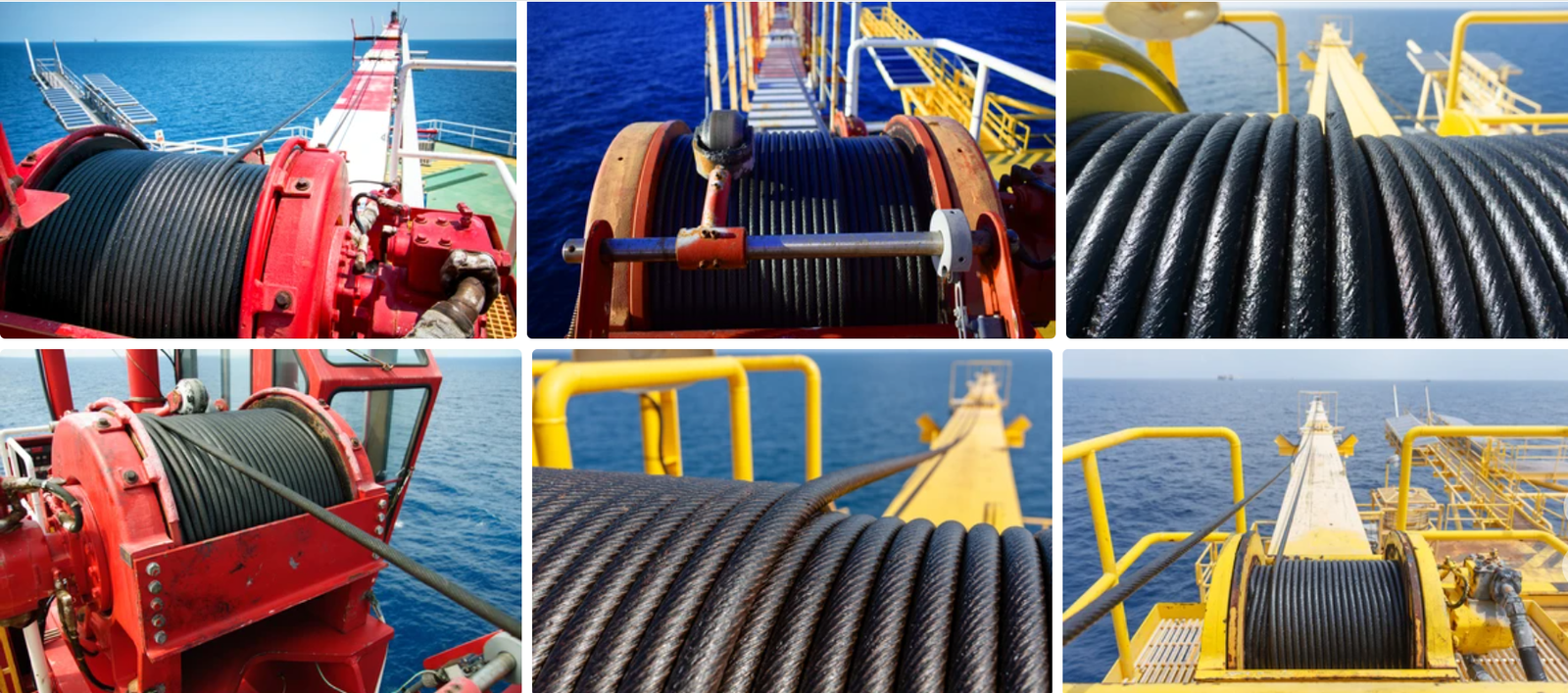Does your wire rope break easily? Are you tired of constant replacements? We understand that a weak wire rope can cause big problems for your operations and safety. This costs you time and money.
Continuous loop wire ropes are made by carefully weaving multiple strands of wire around a core. This creates a strong, endless circle. They have no visible splices, which makes them very strong.
I remember a time when a customer had issues with their wire ropes. They always broke at the splice. It was a common problem. Let me tell you how Aulone makes these ropes to avoid that. You will be surprised to learn what we do.
What is the first step in making a continuous loop wire rope?
Making these ropes starts with selecting the right wire material. We need high-quality steel wire for strength. This is important for many uses.
The first step is picking the correct high-tensile steel wire. This wire must meet strict quality standards. It ensures the rope will be strong and durable.
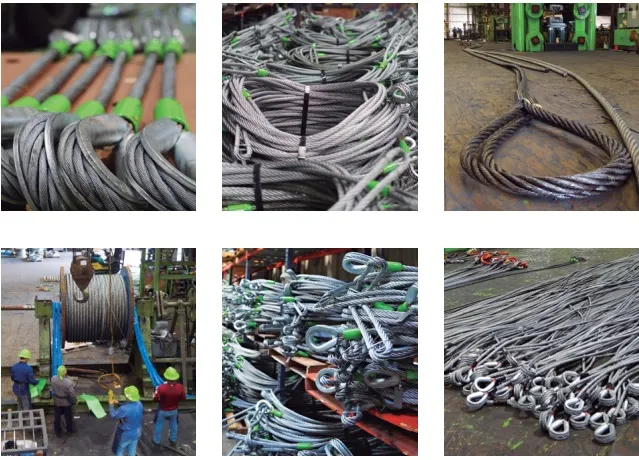
When we pick the wire, we think about what it will be used for. Different jobs need different strengths. We make sure the wire is perfect for the job.
Dive Deeper: Wire Selection and Preparation
We get our wire from trusted suppliers. We always check its quality. This means testing its strength. We also check its flexibility. This helps us ensure the rope will not fail.
- Material Grades: Type of Steel Common Uses Key Benefit Carbon Steel General industrial, lifting High strength Stainless Steel Marine, corrosive environments Rust resistance Galvanized Wire Outdoor, exposure to elements Corrosion protection
- Wire Testing Protocol: Before we use any wire, it goes through many tests. We test for tensile strength. We also check for breaking load. This makes sure the wire is good enough.
- Preparation Process: After testing, the wire is cleaned. It is also lubricated. This helps it move smoothly during the making process. This step is very important for the final product.
How are the wire strands formed for a continuous loop rope?
After we pick the wire, we make it into strands. Several wires are twisted together. This forms one strand. The twisting direction is important.
Wire strands are formed by twisting multiple individual wires together. These wires are twisted in a precise way. This gives the strand its strength and flexibility.
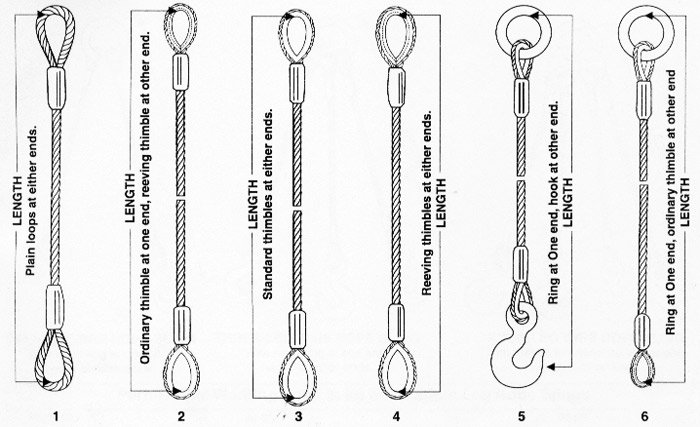
This step needs special machines. They make sure the wires are twisted tightly. If they are not precise, the rope will be weak. We pay close attention to this.
Dive Deeper: Stranding Process
We use large machines called stranders. They spin the wires around. This creates the strands. The number of wires and their thickness change according to how strong the rope needs to be.
- Types of Stranding: Method Description Output Spiral Wires laid in one direction Stiffer, less flexible Lang Lay Wires and strands twisted in same direction More flexible, better abrasion resistance Regular Lay Wires and strands twisted in opposite directions Stable, less likely to kink
- Core Material Insertion: Sometimes, a core is added inside the strand. This can be fiber or steel. It gives the strand more support. It also adds strength.
- Quality Control During Stranding: We check the strands as they are made. We look for any loose wires. We measure their diameter. This ensures every strand is perfect.
What is done to ensure the rope becomes a continuous loop?
Making it a continuous loop is the key part. We do not splice the ends. Instead, we use a special weaving method. This connects the ends seamlessly.
To make a continuous loop, the rope ends are woven back into the body of the rope itself. This creates an endless circle with no weak points. It requires skilled workers and special tools.
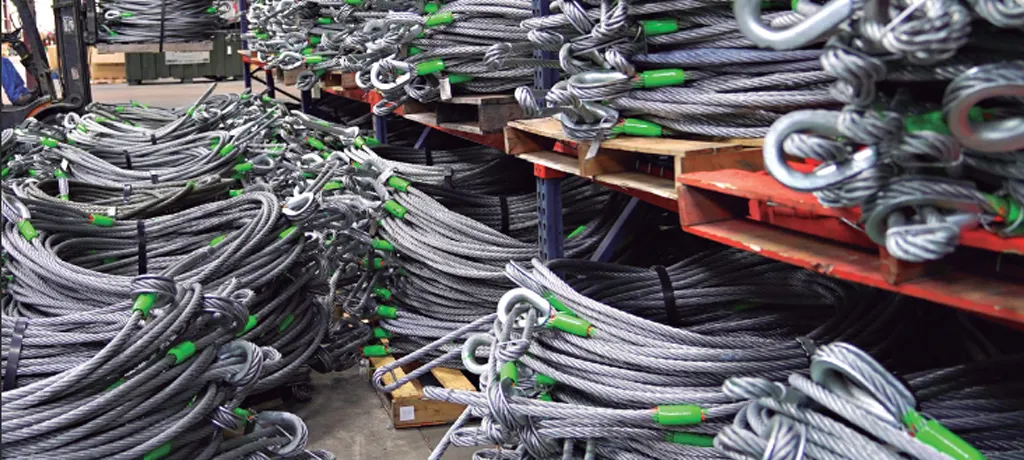
This process is very complex. It needs a lot of skill. Our workers are highly trained. They ensure there are no weak spots. This is what makes our ropes reliable.
Dive Deeper: Continuous Loop Formation
This is where the magic happens. We do not use clamps or splices. We meticulously merge the end strands. They are woven back into the rope structure.
- Weaving Technique: The strands are unwound at the ends. Then, they are re-woven into the
rope’s main body. This forms a continuous, strong loop. - Tensioning and Setting: After weaving, the entire loop is put under tension. This helps settle
the strands. It also makes sure the loop holds its shape. This is a critical step for strength. - Inspection for Flaws: Every inch of the loop is checked. We look for any bumps or loose wires.
This ensures the loop is perfect. We want it to be totally smooth and strong.
How are continuous loop wire ropes finished and tested?
After the rope is formed, we finish it. Then, we test it. These steps are vital. They ensure the rope is safe and ready to use.
Finished ropes are lubricated and coated. Then, they go through rigorous testing. This includes breaking load tests and visual inspections. This ensures high quality and safety.
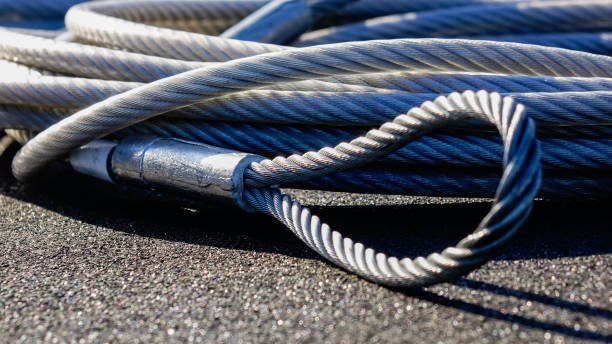
Our quality control is strict. We do not ship any rope that does not pass all tests. This is our promise to you. We want you to trust our products completely.
Dive Deeper: Finishing and Testing Protocols
Finishing adds protection. Testing proves strength. Both steps are essential for product quality. They make sure our ropes meet global standards.
- Lubrication and Coating: After forming, the rope is covered with a special lubricant. This protects it from rust. It also reduces wear. Sometimes, a plastic coating is also applied.
- Testing Procedures: Test Type Purpose Standard Complied Breaking Load Measures the force needed to break the rope EN12385-4 Fatigue Test Checks durability under repeated stress Industry Specific Visual Inspection Checks for any surface defects Internal SOPs
- Certification Process: We provide certificates for our ropes. These include BV, CE, RMRS, DNV, and ABS. These certificates show our ropes meet high standards. Andri, a customer from Australia, often needs these. This ensures the rope is ready for use.
Conclusion
Continuous loop wire ropes are made from high-quality wire. They are carefully stranded. Then, they are seamlessly woven into an endless loop. This process ensures great strength and durability.


